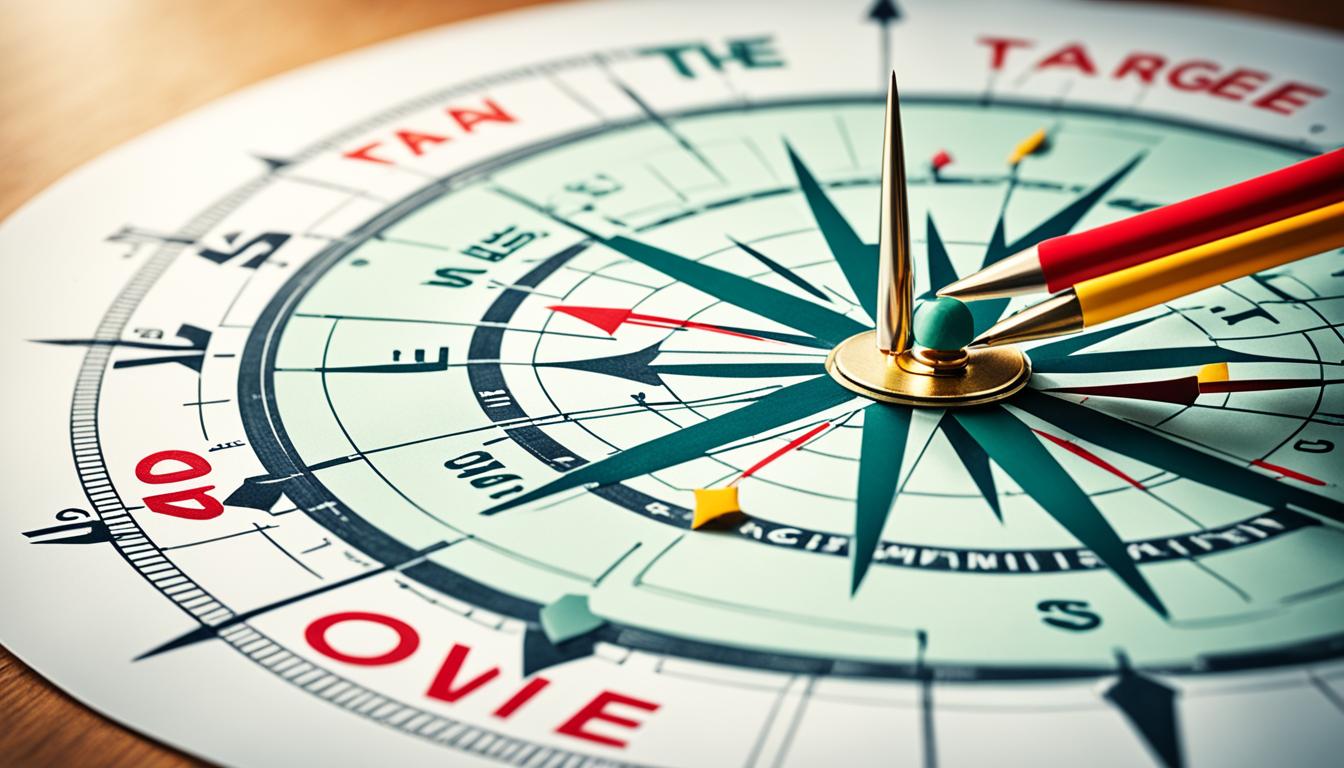Scientists have shared a grave warning with the rest of humanity: billions could face a clear water shortage crisis by 2050. Low-income countries will be the ones hit the hardest due to this crisis, but will the dominating economies like the US be spared from this? Experts say no.
Despite being a water-rich nation, the US is grappling with a clean water shortage that seems to worsen by the day. From dwindling reservoirs to tainted tap water, the situation is enough to make anyone anxious.
However, several advanced technologies are currently at play to save the day and, perhaps, put an end to America’s clean water shortage crisis. Today, we’ll be looking at some of the tech Americans have to turn to if they want to put an end to this crisis.
#1 Turning Saltwater into Fresh Water through Desalination
We begin with a piece of technology that you might think has popped straight out of a sci-fi movie – desalination. There’s this process called reverse osmosis, something you’ve probably read about in your science books. Through reverse osmosis, desalination plants filter out the salt and other impurities from seawater. In doing so, you can turn salty water into drinkable fresh water.
Desalination is of course a wild idea, but it really works. In fact, this process is already being utilized in places like California.
The implementation of desalination on a large scale can get a bit pricey and energy-intensive. However, as technology improves, you can expect costs associated with desalination to drop. Once that happens, desalination could become a staple in dealing with America’s clean water shortage.
#2 Atmospheric Water Harvesting
Now let’s tell you all about water harvesting. Yes, we’re gonna pull water out of thin air (the atmosphere) and then ask you to drink that. Cool, isn’t it? It’s super practical too.
Atmospheric water harvesting systems are designed to produce fresh water even in dry climates, making them a game-changer for regions struggling with water scarcity. The beauty of these systems is that they tap into an almost limitless resource – the atmosphere.
Atoco reports that the best water harvesting systems can provide pure water even under dry conditions with relative humidity under 20 percent. In doing so, these systems can provide drinking water to those in need, all while reducing our reliance on traditional water sources.
Here’s another fun fact: these systems can be scaled down for home use or scaled up to provide entire communities with fresh water. Hence, no matter what your requirements are, atmospheric water harvesting could be your ticket to an endless supply of clean water.
#3 Smart Water Grids
Now, let’s get a little futuristic. Imagine a system that knows exactly where to send water, how much to send, and when to send it, all without any human intervention. Enter smart water grids, the high-tech solution to our water distribution woes.
These grids use sensors, big data analytics, and automation to monitor and manage water systems in real-time.
Smart water grids can detect leaks before they become catastrophic and optimize water usage to prevent waste. In a world where water scarcity is becoming a serious issue, smart water grids are the superhero we didn’t know we needed.
#4 Recycled Wastewater
The idea of drinking wastewater, even if recycled, is surely going to gross you out. After all, we’re asking you to take drain water, put it through a process, and then drink it.
Maybe this whole thing sounds gross, but it’s actually one of the most effective ways to combat water shortages.
Right now, there are plenty of advanced treatment processes out there through which you can purify wastewater. The purification these processes offer takes the wastewater to the point where it’s just as safe as the water you get from other sources.
Cities like San Diego and Orange County are already using recycled wastewater to supplement their water supplies, and the results are impressive.
A Future with Clean, Abundant Water
The world is heading in a direction where a water shortage crisis on a global scale is no longer just a theory. This crisis has also arrived on America’s doorstep, and it might worsen sooner than we think.
Water shortages and tap water contamination are just the beginning. Who knows what kind of water-related crises the US might have to deal with in the coming years.
Thus, the clean water shortage crisis in America is real, but it can be dealt with. With these advanced technologies, we have the tools to turn the tide.





